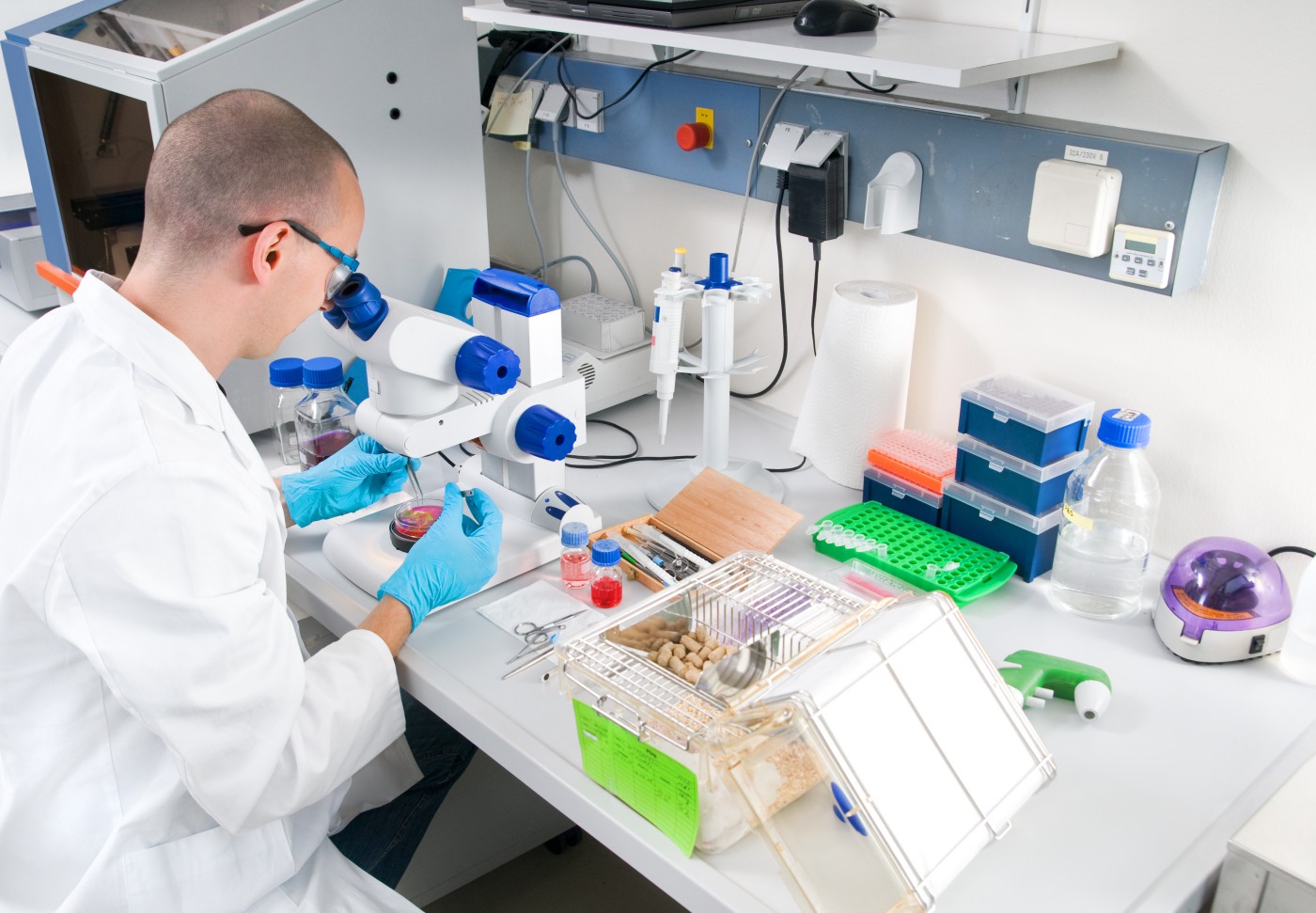PDE4 Inhibitor Identified in Study as New and Promising Treatment for Pulmonary Hypertension

The phosphodiesterase (PDE) 4 inhibitor, GPD1116, effectively treats pulmonary hypertension and several other diseases in animal models, and holds promise as a new therapeutic drug, researchers reported in the study, “Pharmacological profile of GPD-1116, an inhibitor of phosphodiesterase 4,” published in the Biological and Pharmaceutical Bulletin.
Enzymes of the cyclic nucleotide PDE family are involved in the metabolization of cyclic nucleotides, such as cAMP and cGMP. Cyclic nucleotides are part of the cells’ communication system, acting as “second messengers” in a number of cases by relaying the signals from many first messengers, such as hormones and neurotransmitters, to their physiological destinations. They are involved in a variety of physiological responses, including signaling cascades, transmembrane signal transduction, and down-regulation of drug responsiveness.
Inhibition of PDE activity can modify intracellular signal transduction by increasing intracellular concentrations of cyclic nucleotides, making PDE enzymes a promising target for therapeutic drugs. Several inhibitors for different PDEs have been used in the clinic, and roflumilast, a PDE4 inhibitor, has recently emerged as a therapeutic drug for chronic obstructive pulmonary disease (COPD).
The new PDE4 inhibitor, GPD-1116, had already been reported to attenuate the development of cigarette smoke-induced emphysema in mice, but whether it could also affect other PDE enzymes and, more importantly, whether it could be used in other pulmonary diseases, was not known.
Researchers from ASKA Pharmaceutical Co. revealed that GPD-1116 and GPD-1133, a main metabolite of GPD-1116 in rats, guinea pigs, and humans, not only inhibited PDE4, but also presented remarkable activity as PDE1 inhibitors, with a more potent activity than other PDE1 inhibitors.
PDE1 expression has been reported to be consistently observed in muscle cells that line the lung arteries of people with pulmonary hypertension. PDE1 inhibitors have also been reported to effectively attenuate the proliferation and migration of these cells in vitro, suggesting that PDE1-inhibiting agents might be of therapeutic application in patients with disrupted proliferation of artery smooth muscle cells, a characteristic of pulmonary hypertension.
In fact, the researchers showed that GPD-1116 had a marked beneficial effect on a pulmonary hypertension rat model, one that even surpassed the efficacy of the PDE5 inhibitor tadalafil, in clinical use to treat pulmonary hypertension.
Investigators also showed that GPD-1116 was effective in several other animal disease models, including lung injury, COPD, and asthma, in a generally comparable way to roflumilast. GPD-1116 side effects, such as suppression of gastric emptying and a decrease in body temperature, were found to be characteristic of other PDE4 inhibitors, and similar to or less potent than that of roflumilast.
“These results suggest a possibility that GPD-1116 could be a superior therapeutic drug without side effects,” the authors concluded, adding, “further studies are required to determine the specific mechanisms of PDE1 inhibition by GPD-1116.”







